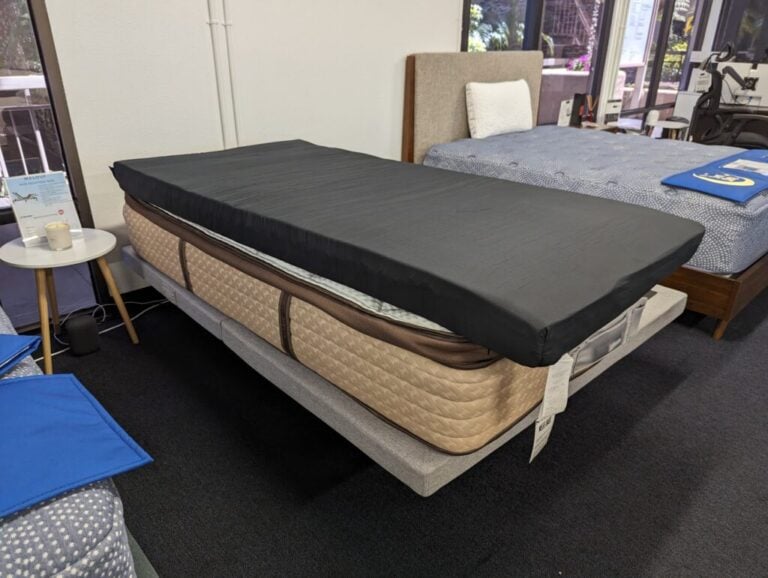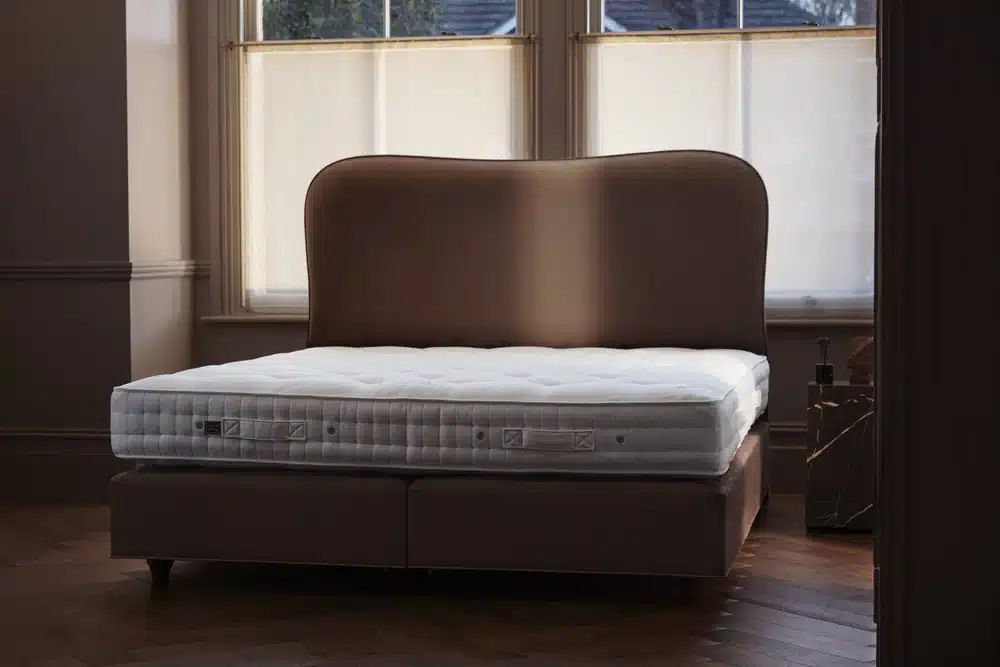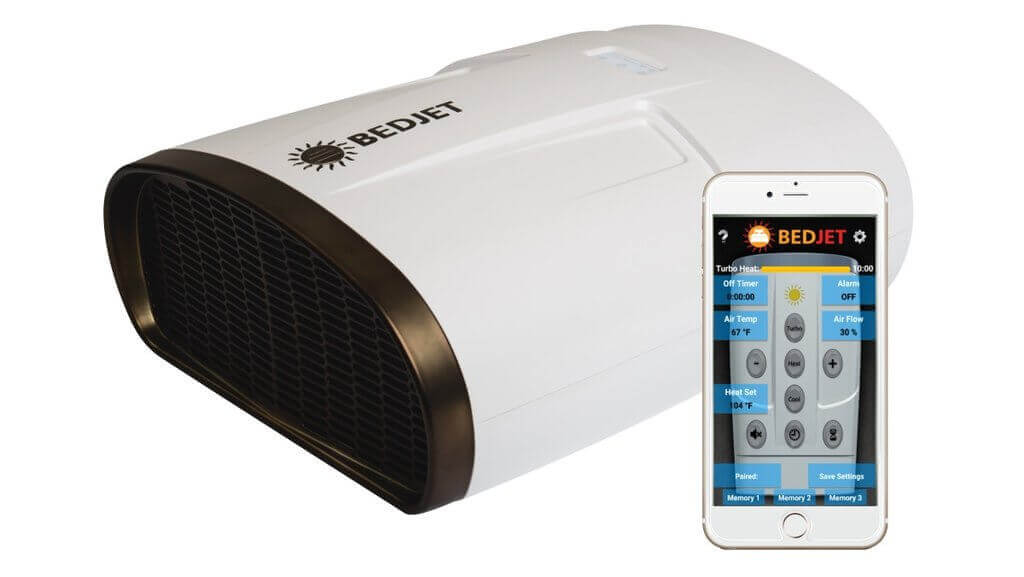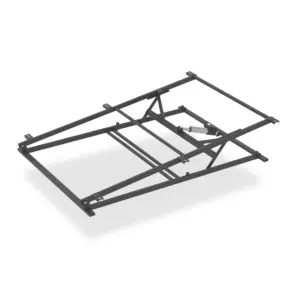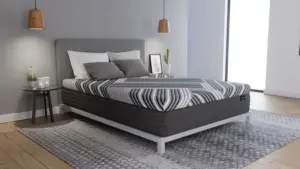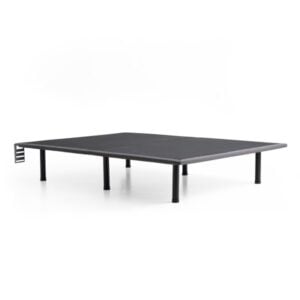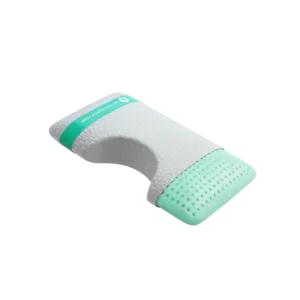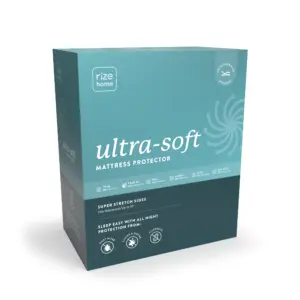7 Disadvantages of Adjustable Beds You Need to Know
Understanding the Disadvantages of Adjustable Beds
Adjustable beds can seem like a revolutionary solution for enhancing your sleep experience, but it’s essential to recognize the disadvantages of adjustable beds before making a significant investment. While the idea of customizable comfort is enticing, understanding the potential drawbacks will help you make an informed choice. Let’s delve into the key concerns surrounding adjustable beds.
Cost: A Significant Initial Investment
One of the primary disadvantages of adjustable beds is their cost. These beds typically come with a hefty price tag compared to conventional bed frames.
High Price Point
Adjustable beds range from around $300 to over $10,000, depending on the brand and features. While traditional bed frames can be relatively inexpensive, the advanced technology and capabilities of adjustable beds drive up their costs significantly, making them a major investment.
Advanced Features
Many adjustable beds are equipped with various features, including motorized controls, massage settings, and even USB ports for device charging. While these add to your comfort, they also increase the overall price, making it crucial to evaluate whether these added functionalities justify the cost.
Specialized Mattresses Required
Not all mattresses are compatible with adjustable bases. Many require specialized mattresses—like memory foam or latex—that can seamlessly bend and contour without losing support. This often necessitates an additional expenditure for a new mattress that matches the adjustable bed, inflating your total investment.
In summary, the high initial financial commitment is a significant downside of adjustable beds, driven by their advanced features and compatibility requirements.
Weight and Mobility Challenges
Another noteworthy disadvantage of adjustable beds is their weight, which can complicate mobility.
Heavy Frames
Typically, an adjustable bed can weigh around 625 pounds, primarily due to the motors and robust metal framework designed for flexibility. In contrast, a standard bed frame weighs roughly 175 pounds.
Cumbersome to Move
This added weight makes moving the bed a challenging task. If you frequently rearrange your furniture or plan to relocate, the cumbersome design may pose significant difficulties—even with heavy-duty casters for mobility.
Impact of Electronic Components
The electronic components that contribute to the bed’s adjustability also add to the weight, requiring careful consideration during moves. If any element fails, repairs can be cumbersome and costly.
In conclusion, the weight and mobility issues associated with adjustable beds can create significant inconveniences, particularly if you value flexibility in your living space.
Maintenance and Repair Costs
Adjustable beds come with multiple components, which can lead to maintenance challenges over time.
Potential for Wear and Tear
The motors, gears, and electric controls in adjustable beds are susceptible to wear and tear as time goes on. These mechanical parts can fail and require costly repairs, complicating your ownership experience.
Warranties and Limitations
Many adjustable beds offer warranties that cover specific parts for a limited time—often between 10 to 25 years—but these warranties can have exclusions, particularly for electrical components. As a result, after the warranty period, repair and replacement costs can quickly add up.
Real-Life Premium Repair Examples
For instance, Jane invested in an adjustable bed for improved health benefits. After just three years, her remote control malfunctioned right after the warranty expired, prompting a $150 out-of-pocket repair fee. A year later, she faced another $300 expense when a motor failed. Such unexpected costs can be burdensome.
Regular maintenance can help mitigate issues, but keeping the bed clean and free of dust is essential. However, if complications arise, the expenses can be significant.
Compatibility Issues with Mattresses and Bedding
When it comes to adjustable beds, compatibility with mattresses and bedding is another key concern.
Best Mattress Types
Memory foam and latex mattresses are generally the best choices for adjustable beds since they can bend and conform without losing shape.
Issues with Innerspring Mattresses
Conversely, traditional innerspring mattresses can struggle with flexibility and may lead to discomfort or decreased lifespan when paired with adjustable bases. Hybrid mattresses vary in compatibility; some are designed for flexing, while others might not work well.
Specialized Bedding
You may also find that standard sheets don’t fit properly, especially in elevated positions. Specialized deep-pocket sheets are often necessary, which adds to your overall costs and complicates your setup.
In summary, compatibility issues can lead to additional expenses and complexities, which should be factored into your decision-making process.
Aesthetic Limitations
Adjustable beds often come with a more cumbersome and clinical appearance.
Bulky Designs
The bulkiness of adjustable beds typically makes them less visually appealing compared to streamlined traditional beds. This can be an important consideration if you’re keen on aesthetics in your bedroom.
Limited Customization
Unlike traditional beds, which easily allow for various headboards and footboards to match your decor, most adjustable beds offer limited design options. This rigidity can hinder your ability to personalize your bedroom space according to your preferred theme.
In conclusion, aesthetic limitations may detract from your bedroom’s overall look and feel, making it important to weigh this factor against other benefits.
Noise Concerns
Noise can also be a common concern with adjustable beds.
Operational Noise
The motors that facilitate the bed’s adjustments can produce disruptive sounds, particularly in older or cheaper models. This can be problematic for light sleepers or those who frequently adjust their bed throughout the night.
Impact on Sleep Quality
If one partner changes positions during the night, the noise from the motors could interrupt sleep. Consider the comfort you’ll achieve against the backdrop of operational sounds that may accompany frequent adjustments.
Quality Matters
Choosing a high-quality model is crucial for minimizing noise levels, so it’s essential to read user reviews and seek out quieter options.
Limited Sleeping Positions for Couples
While adjustable beds provide excellent comfort for individuals, couples may face challenges.
Single Adjustment Models
If you have a single adjustment model, both partners must compromise on one collective sleeping position. This can lead to frustration if one prefers a lifted head position while the other wants a flat surface.
Dual-Adjustment Options
While dual-adjustment models allow each side to be set individually, these often come at a premium price. Furthermore, even with independent positions, movement on one side can still disturb the other partner.
In summary, the sleeping positions available to couples can be limited, thereby significantly affecting your shared sleep experience.
Frequently Asked Questions about Adjustable Beds
Do doctors recommend adjustable beds?
Yes, many healthcare professionals recommend adjustable beds for specific health conditions, including back pain and sleep apnea. They can provide relief and improve your overall sleep experience, but always consult with a doctor before making adjustments.
Are adjustable beds worth it?
Whether adjustable beds are worth the investment largely depends on your needs and budget. Evaluate the health benefits, features, and costs involved before making a decision.
Can an adjustable bed cause back pain?
Typically, an adjustable bed is designed to alleviate, not induce, back pain. However, always consult a healthcare professional for tailored advice.
Conclusion
Adjustable beds present a blend of advantages and disadvantages. While they can significantly enhance your quality of sleep, understanding the disadvantages of adjustable beds is vital for making an informed purchasing decision. Consider your personal needs, budget constraints, and the aesthetics of your bedroom before diving in.
Consulting with healthcare professionals can also help you decide if an adjustable bed will meet your specific needs effectively. At Yawnder, we aim to help you find the perfect solution tailored to your sleep preferences, ensuring that your investment yields the best possible results for a restful night’s sleep.

